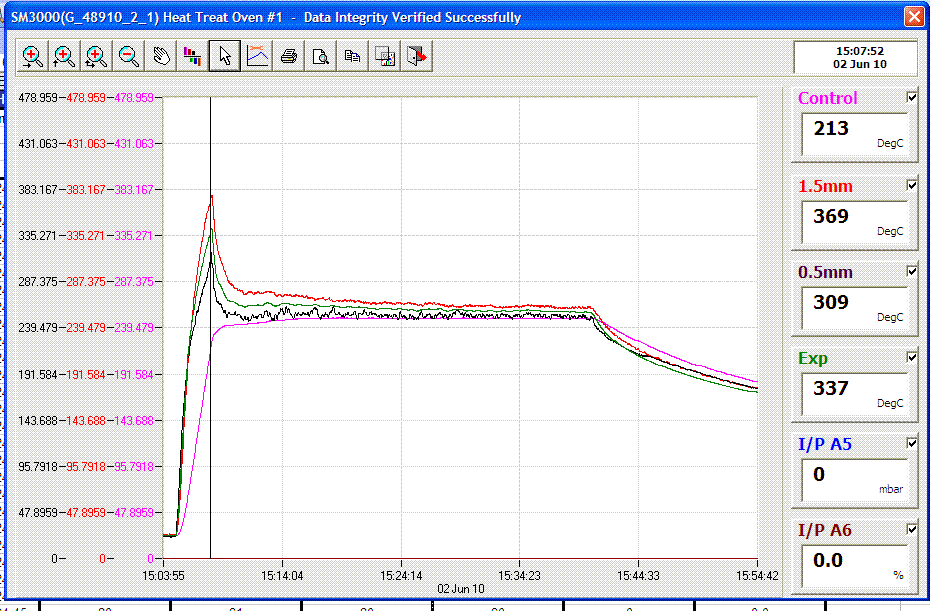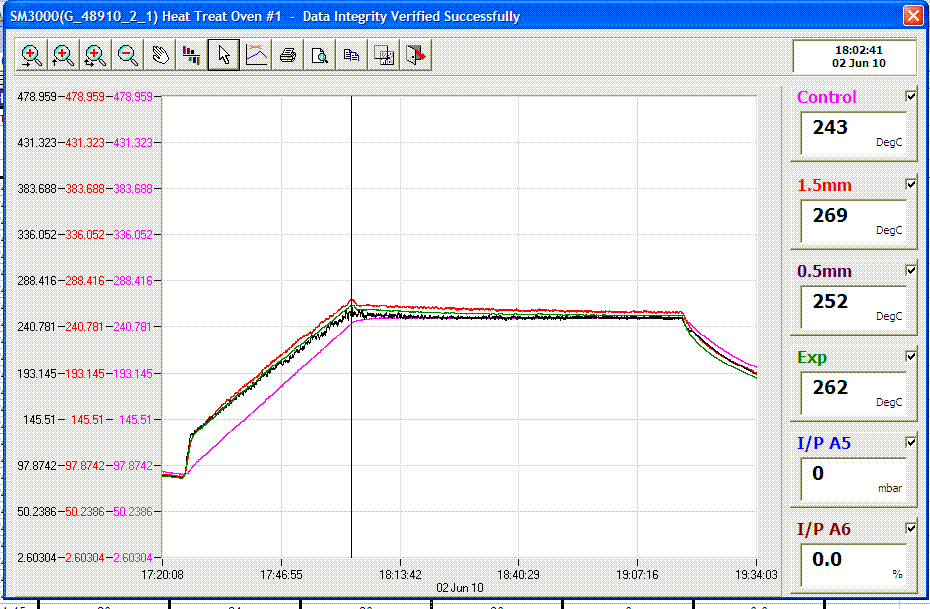I picked up this older Paragon E14A on Craiglist for $100 from a nice fellow that use to make knives. I haven't hooked it up yet to test it, but he told me that the last time he used it several years ago that it worked and that the heating elements had been replaced not long before he stopped using it.
Paragon E14A
240 vac
13 amps
3120 Watts
Max Temp 2000 deg f
Chamber Width:13.00 IN
Chamber Depth: 13.50 IN
Chamber Height: 8.75 IN


I plan to clean it up, repaint, probably make heavier duty door hinges for it and add a PID controller with T/C.
I had found a link to Auber Instruments when I did a Google search and they had these recommendations for upgrading a kiln to pid a controller.
http://www.auberins.com/index.php?main_page=page&id=20
Does anyone have any other suggestions for a PID upgrade for my oven?
Since I will be mainly heat treating folder blades and springs. I was thinking about ordering some refractory bricks to take up some of the volume in the interior. My thinking is that it would reduce heat up time and possibly help to stabilize temperature. Does anyone else do this or is it not really necessary when using an oven that is over sized for the job?
The max temp on the oven is 2000 degree f. I will be heat treating stainless CPM154 and CPM154CM. From the HT data I found it looks like I need to be at 1900 to 1950 degrees on this material. Hopefully the oven will reach it's rated temp. Is it possible to replace the heating elements with a higher wattage to increase the max temp to 2350 degrees.
I will post updates to this thread as I make progress on this project.
Paragon E14A
240 vac
13 amps
3120 Watts
Max Temp 2000 deg f
Chamber Width:13.00 IN
Chamber Depth: 13.50 IN
Chamber Height: 8.75 IN


I plan to clean it up, repaint, probably make heavier duty door hinges for it and add a PID controller with T/C.
I had found a link to Auber Instruments when I did a Google search and they had these recommendations for upgrading a kiln to pid a controller.
http://www.auberins.com/index.php?main_page=page&id=20
Does anyone have any other suggestions for a PID upgrade for my oven?
Since I will be mainly heat treating folder blades and springs. I was thinking about ordering some refractory bricks to take up some of the volume in the interior. My thinking is that it would reduce heat up time and possibly help to stabilize temperature. Does anyone else do this or is it not really necessary when using an oven that is over sized for the job?
The max temp on the oven is 2000 degree f. I will be heat treating stainless CPM154 and CPM154CM. From the HT data I found it looks like I need to be at 1900 to 1950 degrees on this material. Hopefully the oven will reach it's rated temp. Is it possible to replace the heating elements with a higher wattage to increase the max temp to 2350 degrees.
I will post updates to this thread as I make progress on this project.
Last edited:







